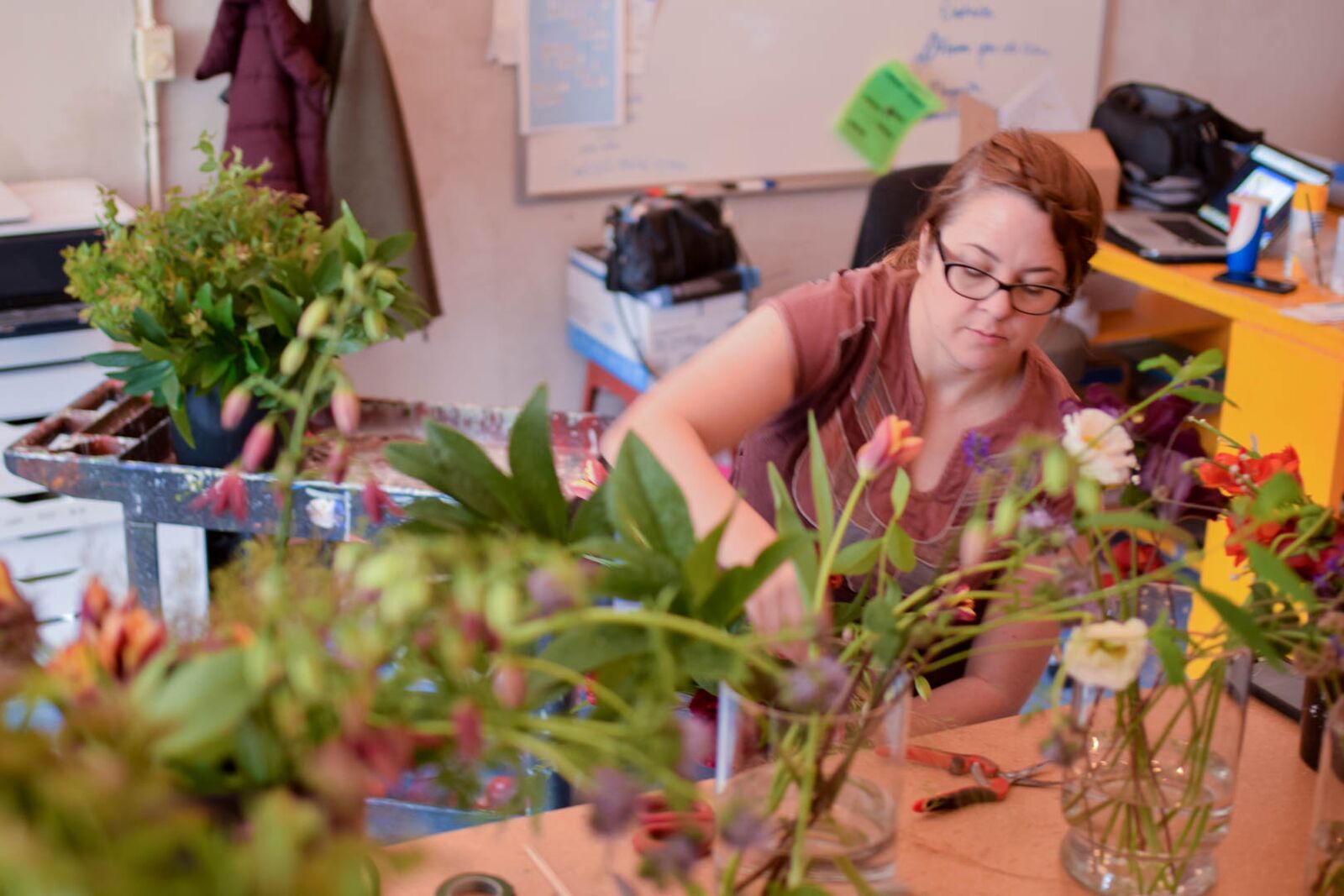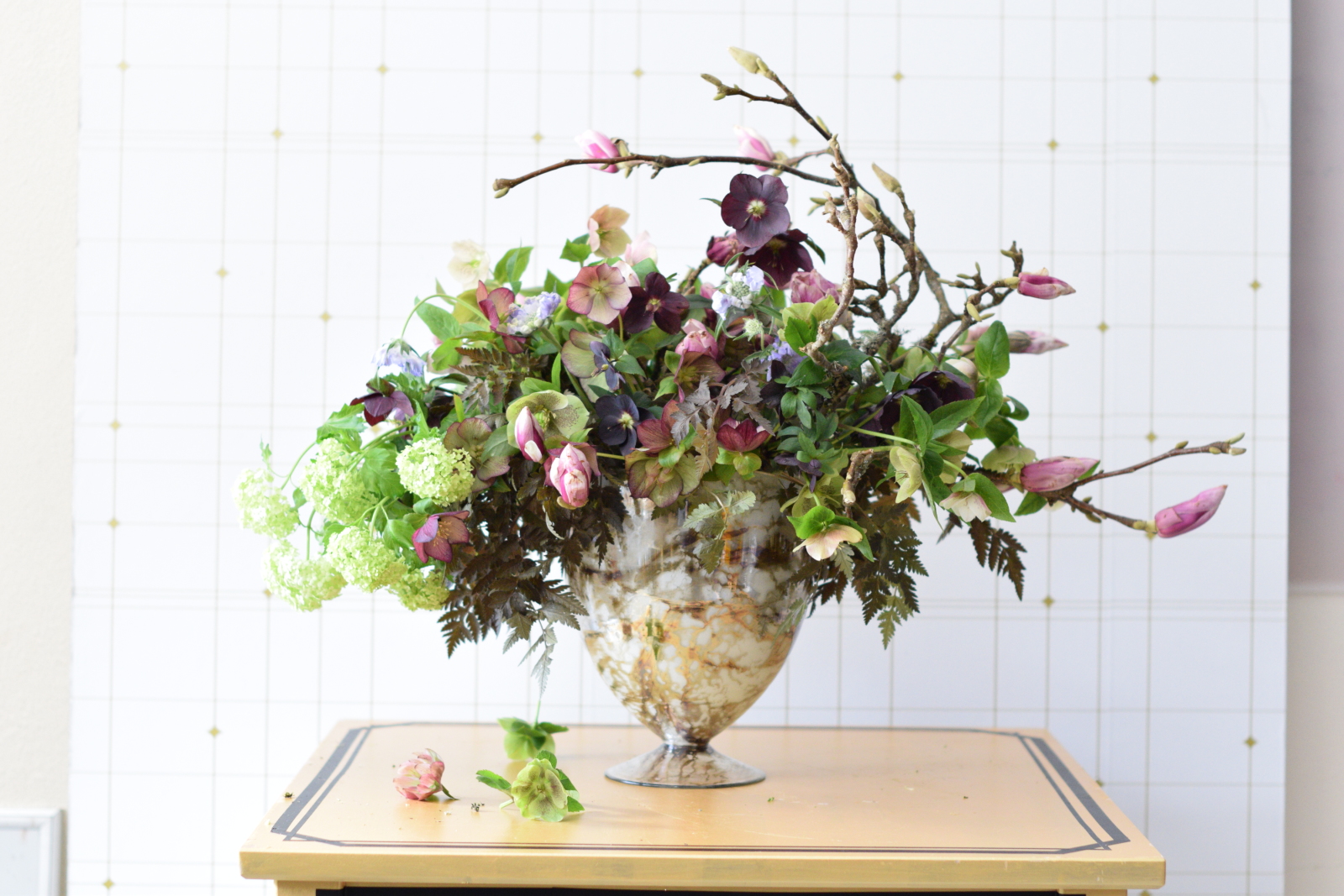How to Make Your Floral Business More Eco-Friendly
Even though we love them, big events can generate a lot of waste. Between the single-use plastics, decorations, flowers, and food, there’s a lot that gets thrown away unnecessarily. However, there’s actually a strong market for eco-friendly floristry businesses, and with a little care and attention you can reduce the amount of waste your floristry business produces.
Add eco-friendly arrangements to your offerings
A great trend is floral arrangements that live on after an event is over. Succulents and plants that can be placed in water and grown into a whole new plant that outlives the event are beautiful and on-trend. These make beautiful gifts that can be displayed pre-made in your shop, or they can be custom made as housewarming or wedding gifts, or even as bridal bouquets! It all depends on the plant and the arrangement.
Move to bioboard
Bioboard is a biodegradable material that serves a similar purpose to foamcore, Styrofoam sheets, and masonite. It’s an awesome alternative to these waste-producing materials because it doesn’t end up sitting in a landfill for hundreds of years. Just get it wet, and it dissolves! This means that it works best for scene-building, making 3D shapes, and adding support to floral walls. When you’re done, just throw it in the compost bin.
Replace floral foam with moss.
Another alternative to floral foam is to use moss. I’ve been so impressed with how the flowers have held up in moss even days after the event is done. It does take a little getting used to, so get your hands on some and experiment. Trust me, it’s awesome. You can even make tall arrangements and other high-structure designs without foam. Then compost the whole thing when you’re finished.
Don’t forget about sticks
Look, the humble stick is more than just an architectural element in an arrangement; it’s actually terrific for building. We use sticks all the time in our studio to add volume in our arrangements. The armature is great to stick stems to in low, wide arrangements, or if you want a centerpiece with a lot of height, all you need is some tape and a frame to get all the volume you want. #SticksAreUnderrated
Think about lifecycle
When evaluating how eco-friendly something is, look to the total life of the product. Single-use things like plastic ties, floral foam, and disposable packaging, for example, are all single-use products that have a short lifecycle.
So when choosing materials, consider the re-use potential. Even simple things like switching to rags over paper towels can reduce your impact. And compostable products mean that even short-life products won’t end up polluting the environment.
Go local
Like fruits and veggies, organics are cheaper, less wasteful, and more convenient if you get them from your area. Experiment with locally grown blooms to support your community and reduce your carbon footprint.
In conclusion, going green is more than just a buzzword- it’s a commitment to making small, cumulative changes that add up over time. Little changes can really make a difference, especially with businesses consumption, so continue to do your best and move towards a greener future. One flower at a time.



